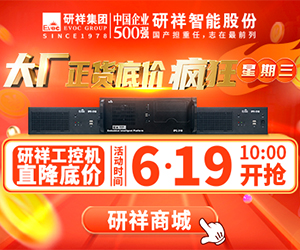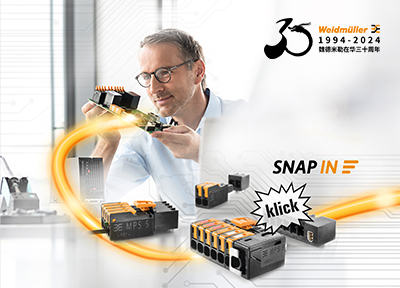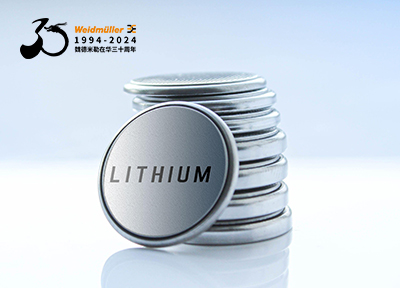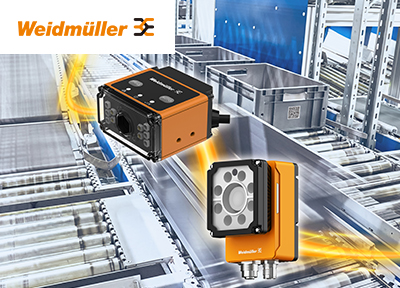Embedded control systems vary from temporary data acquisition and control systems running experiments to “brains” for standard mass-market products. Embedded control systems also range in complexity from telecommunications switching systems to alarm clocks. Different applications have different requirements, with several form factors available to meet them. Which will meet your needs best depends not only on the ultimate use, but where the system is in its life cycle.
Three CPU form factors
Microcontrollers’ biggest advantage is that they are highly adaptable by being programmable in human-readable languages, such as C and C++. Many microcontroller applications are complex enough to require use of an operating system, such as Linux or Microsoft Windows Embedded as well.
Microcontrollers’ biggest disadvantage is also that they are highly adaptable控制工程网版权所有, often requiring high-level programming and resource-intensive operating systems. For many applications控制工程网版权所有, microcontrollers are overkill of sometimes monumental proportions.
ASICCONTROL ENGINEERING China版权所有, FPGA characteristics
Two compute-engine technologies stand out as microcontroller alternatives: field programmable gate arrays (FPGAs) and application-specific integrated circuits (ASICs). Both implement Boolean-logic algorithms in hardware. Both are highly adaptable控制工程网版权所有, being capable of addressing a wide range of logical functions from simple on-off controls to entire microprocessors. Both are programmed using standard hardware description language (HDL), such as VHDL and Verilogwww.cechina.cn, rather than software written in third-generation and higher programming languages.
They differ in non-recurring engineering (NRE) cost levels and variable costsCONTROL ENGINEERING China版权所有, as well as re-programmability, scalability, and development time associated with volume production.



 在线会议
在线会议 论坛
论坛 专题
专题 工控直播
工控直播 新闻中心
新闻中心 子站
子站 技术
技术 社区
社区


 2025 (第十四届) 全球自动化和制造主题峰会 ·深圳站
2025 (第十四届) 全球自动化和制造主题峰会 ·深圳站 2025 Raythink燧石红外热像仪有奖试用
2025 Raythink燧石红外热像仪有奖试用.jpg) 立即获取Fluke在线红外热像仪解决方案白皮书
立即获取Fluke在线红外热像仪解决方案白皮书 2025电子及半导体智能制造创新高峰论坛
2025电子及半导体智能制造创新高峰论坛.jpg) 电机与变频驱动故障排除白皮书免费下载
电机与变频驱动故障排除白皮书免费下载


























